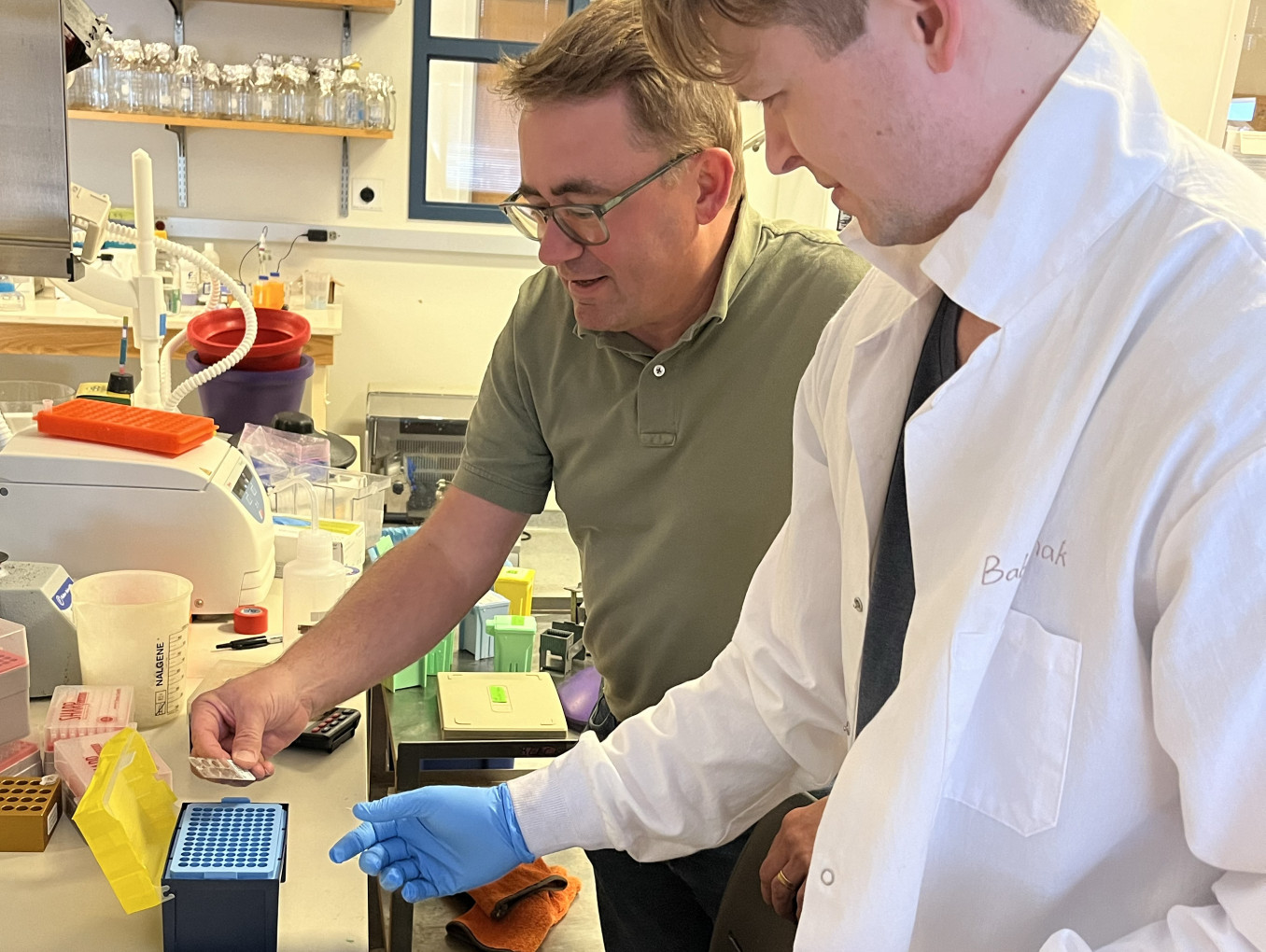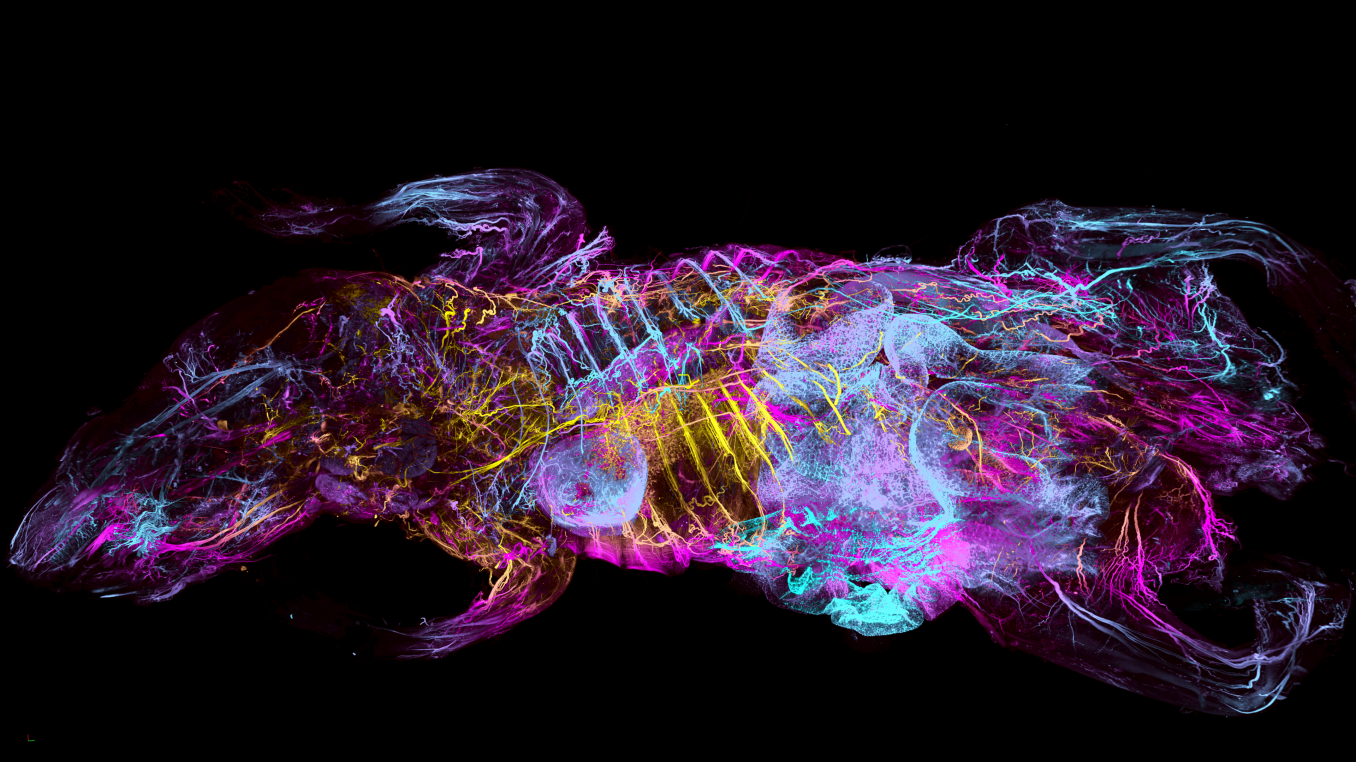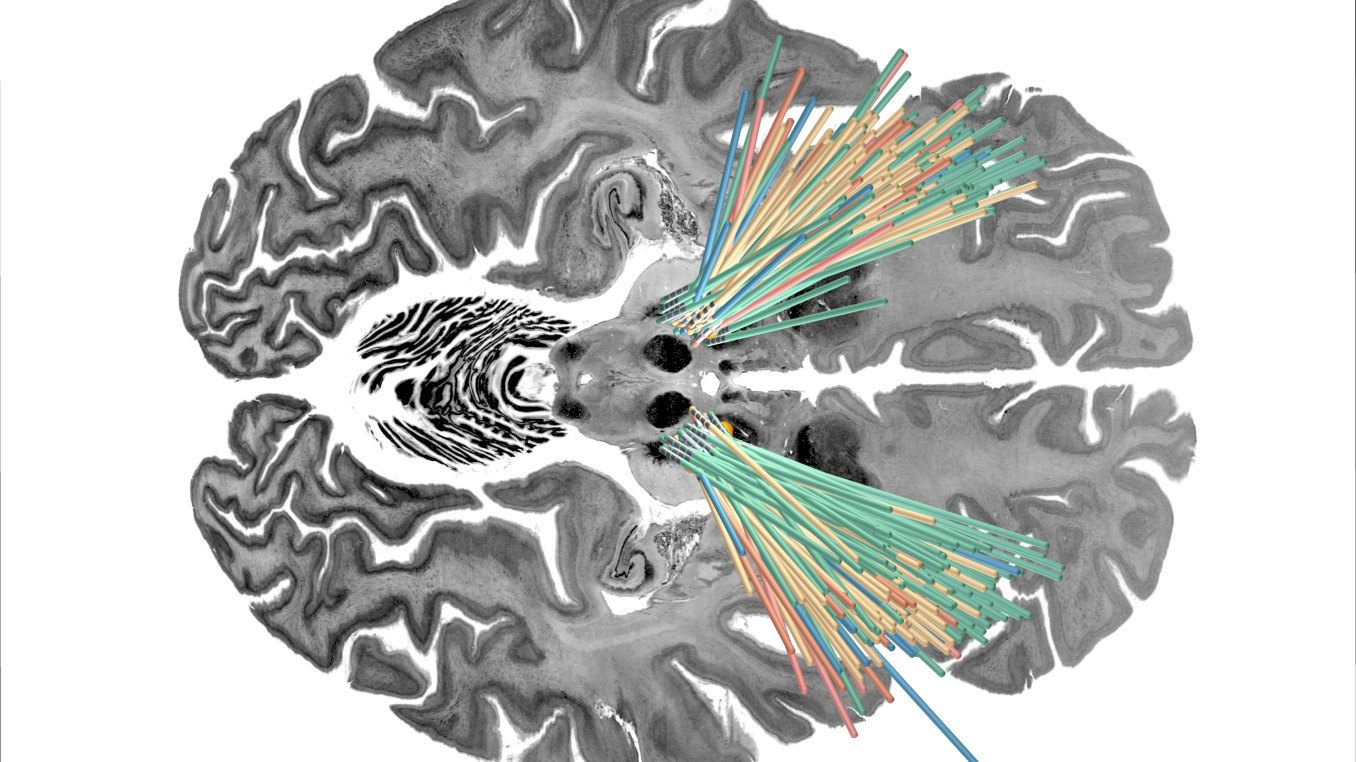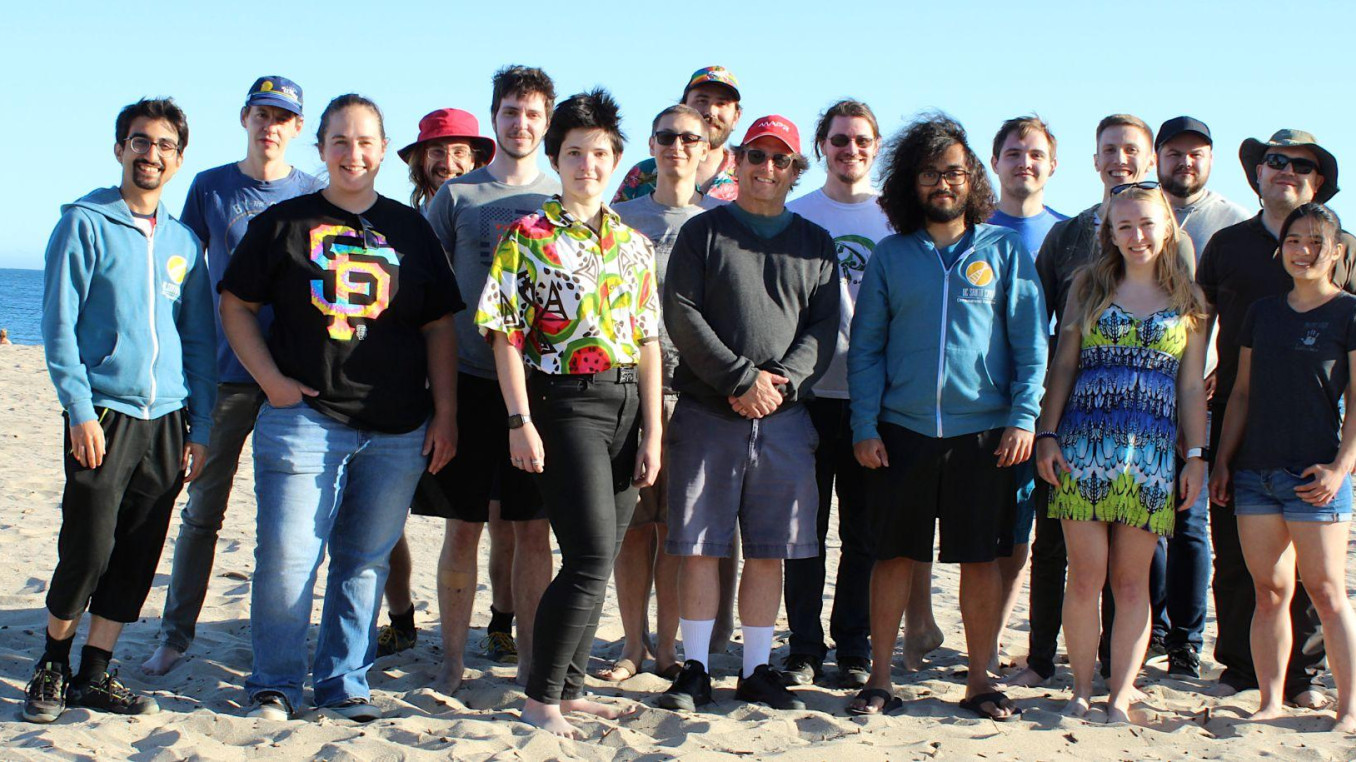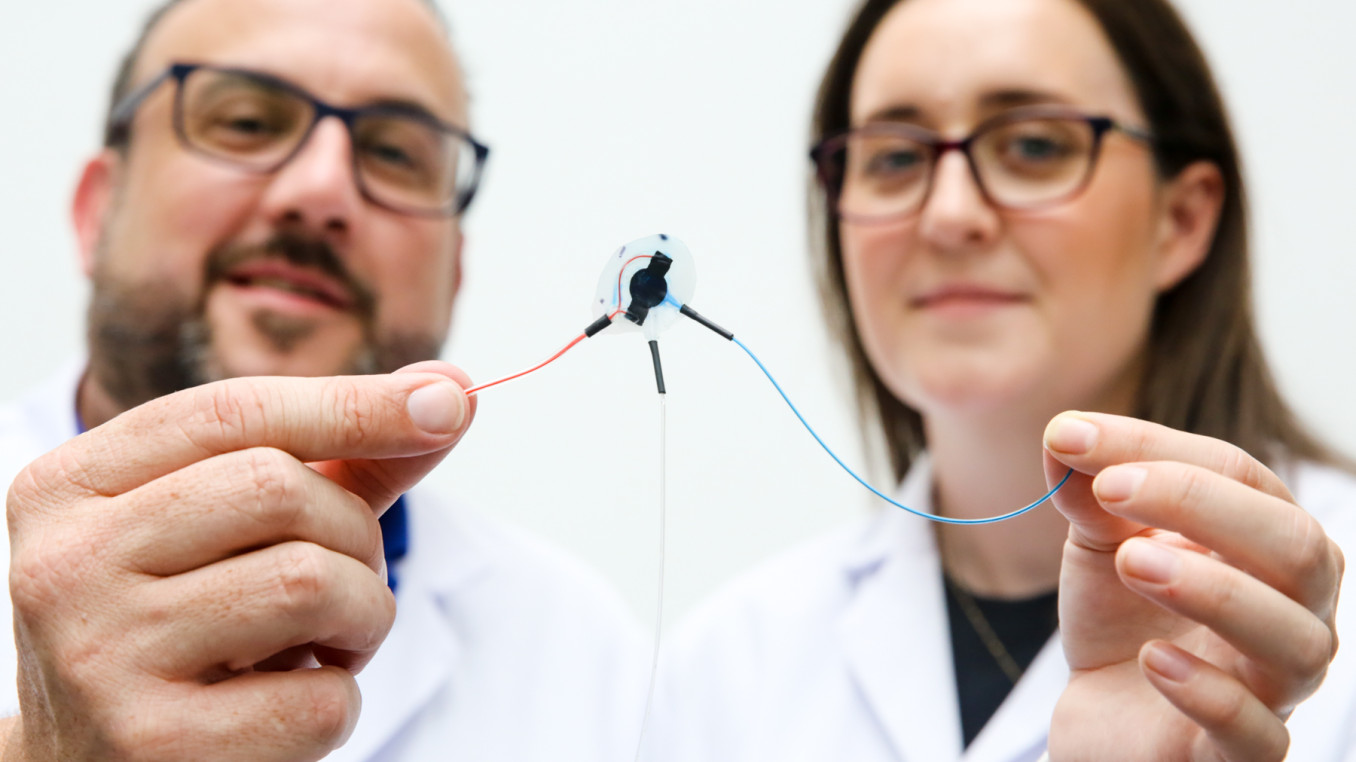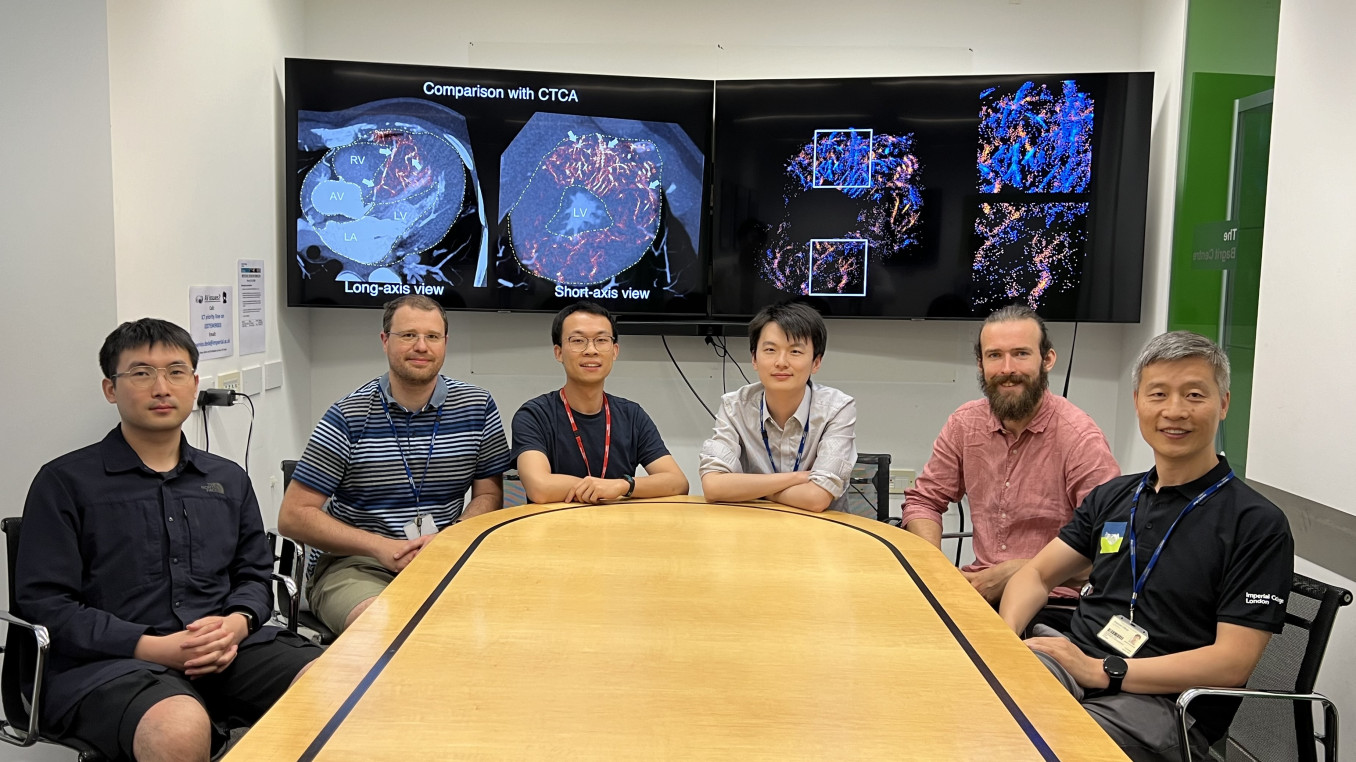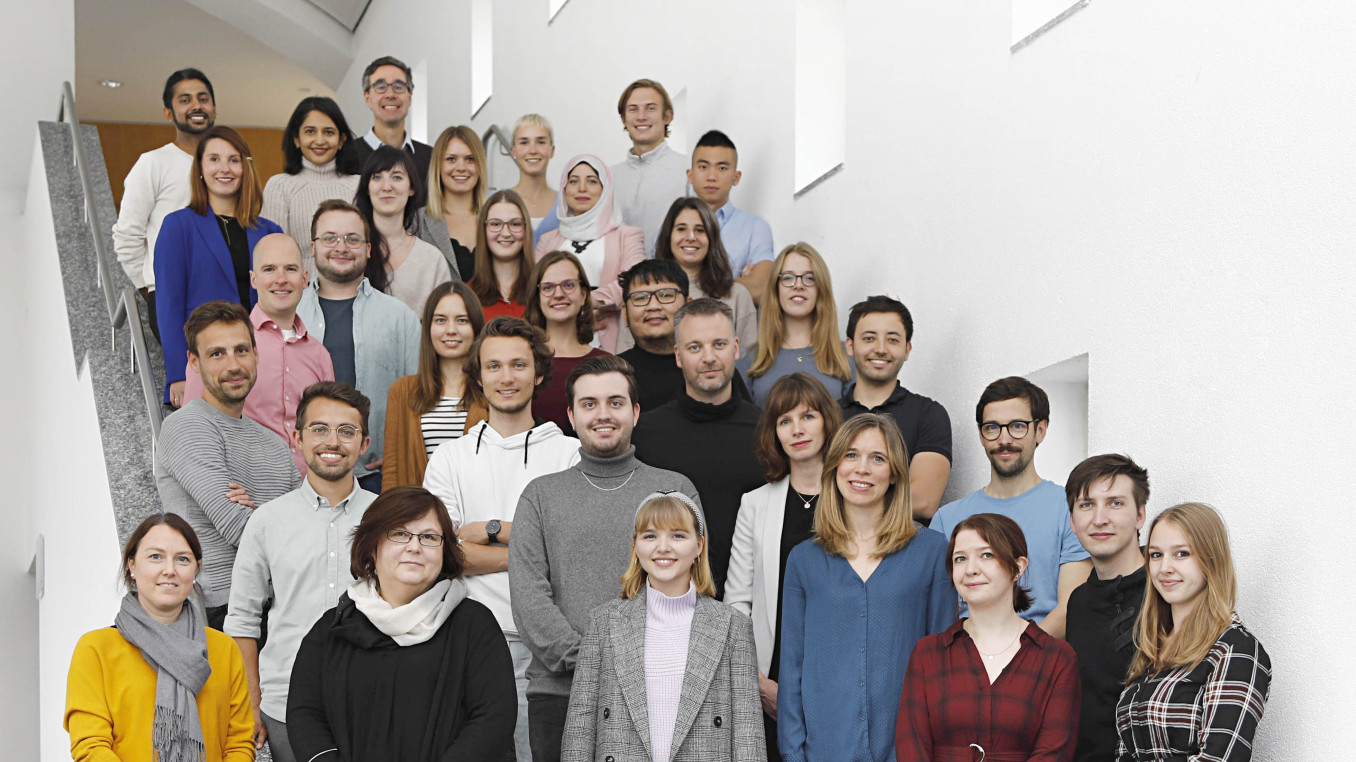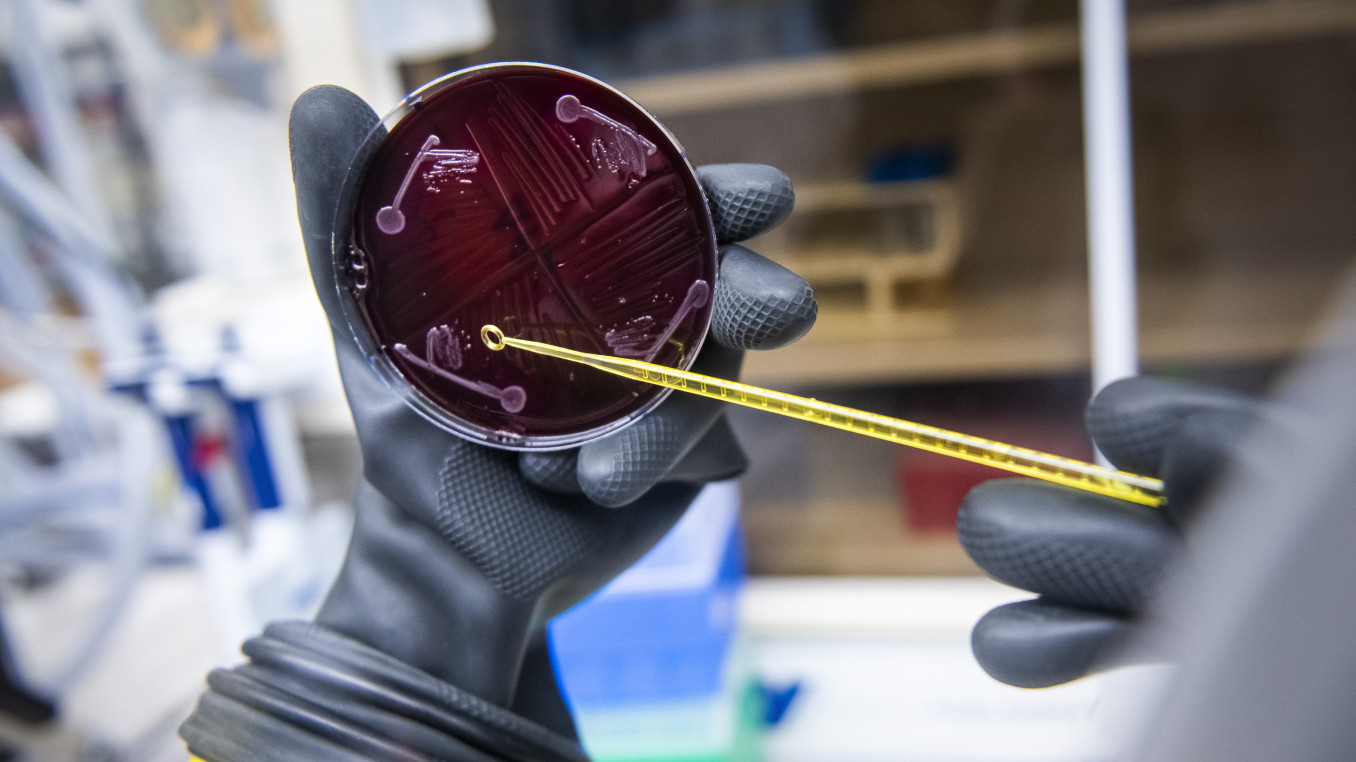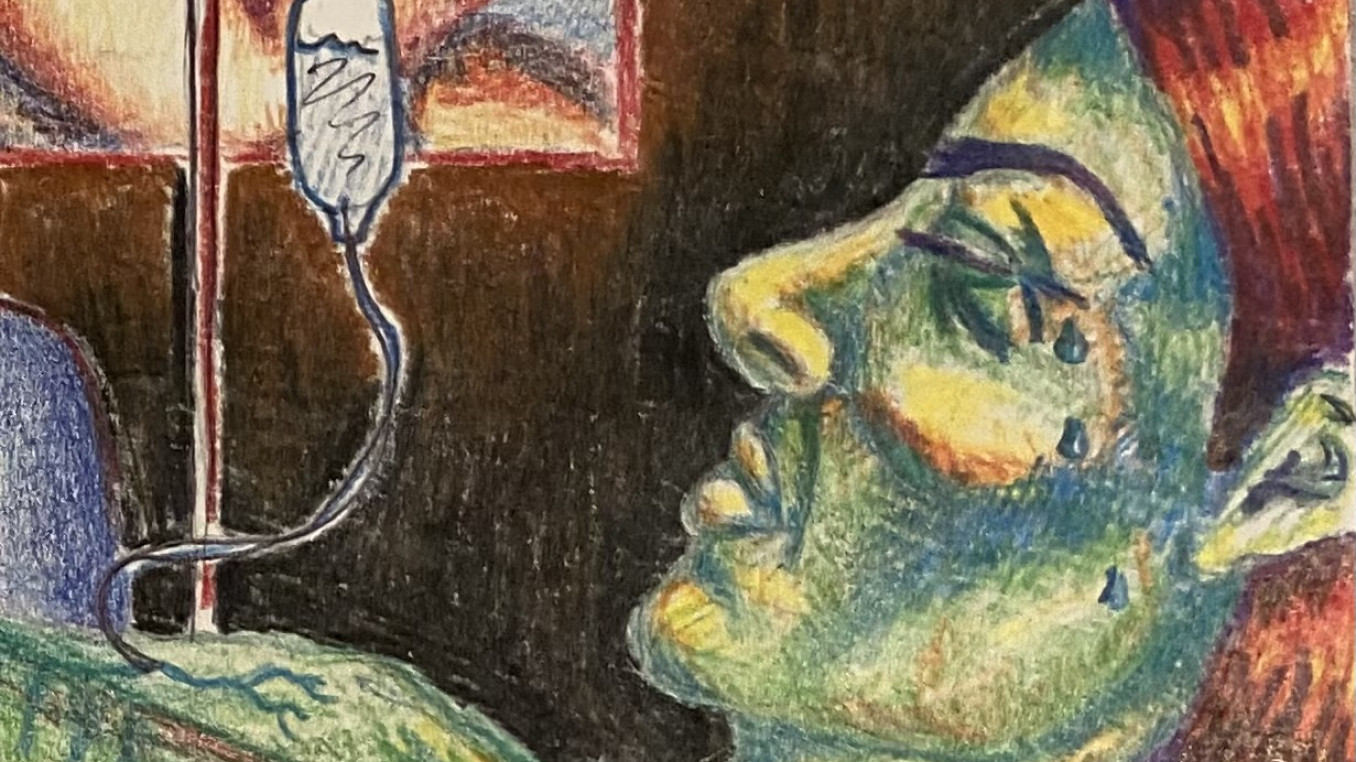Revolutionizing Medicine with Synthetic Human Chromosomes
Breaking the Wall of Synthetic Human Chromosomes
Winner Interview 2024: Life Sciences
Ben Black's pioneering research focuses on breaking the wall of synthetic human chromosomes, promising transformative advances in medicine and biotechnology. By addressing critical challenges in chromosome engineering, Black's work facilitates the delivery of large gene sets for therapeutic applications, the development of humanized animal models, and climate-saving agricultural innovations. Explore how these breakthroughs are set to revolutionize genetic engineering and unlock new potentials for treating diseases, advancing biotechnology, and combating climate change.
Which wall does your research or project break?
We are breaking the wall to useful synthetic human chromosomes. Our recent progress has broken the wall in two critical ways, creating an opening to unleash their potential to advance chromosome engineering for applications in the research community, as well as in biotechnological, clinical, and climate-saving applications. Our first way of breaking the wall was intentional: we sought to avoid the rampant over-copying (termed ‘multimerization’) of input DNA that had plagued prior generations of human synthetic chromosomes. Natural chromosomes and regulation of the genetic information housed within them relies on faithful copy number, and the same necessity is required for the faithful delivery of genetic payloads that are engineered into useful synthetic chromosomes. We succeeded in this first goal by focusing our attention on the chromosomal locus, the centromere, that directs inheritance at cell division. We employed a ~750 kb construct that is sufficiently large to house the distinct chromatin required for full centromere function, obviating the need to multimerize. The second way of breaking the wall was unintentional, but rather an fortuitous benefit of overhauling the cellular delivery pathway to accommodate the larger synthetic chromosome we engineered. The new approach, called yeast spheroplast fusion, that we employed is extraordinarily efficient, overcoming a prior limitation that had previously only permitted delivery to a small number of cells. Together, our recent developments permit faithful chromosome engineering in the context of metazoan cells. While our advances have come in the context of mammalian cells where there are vast opportunities, the underlying biological mechanisms are fundamental in diverse eukaryotes. We are particularly interested in paving the way with our advances to chromosome engineering efforts ongoing in plants, where they have the promise to be the vectors for climate-saving synthetic biology chromosome engineering.
What are the three main goals of your research or project?
Goal #1. Break the wall of synthetic chromosome utility in engineered cell approaches and therapies. The impact of our efforts here will be felt in arenas spanning from discovery research, biotechnology applications, and therapeutic interventions. There is an outstanding potential for synthetic biology efforts to transform our understanding of biological mechanisms that underlie life. Synthetic human chromosomes have the ability to carry megabase genetic payloads, opening the door to cell engineering that nearly unbounded in scale. Their ability to be inherited alongside the cell’s genome (instead of altering it via insertion into a natural chromosome) is a key aspects since there is no influence from the natural chromosome environment nor danger in altering natural chromosome/gene function. Stem cell and CAR-T therapies are examples of where the types of synthetic chromosome tools we are building will transform the scale of genetic engineering that could be achieved in a single manipulation.
Goal #2. Break the wall of synthetic chromosome utility in animal models of human disease. This is a more ambitious goal, but the reward will be to provide the research and therapeutics communities with the ability to make extensive genetic additions to animal models. Our collaborative efforts are focused on first transferring our synthetic chromosome approach to pluripotent mouse cells and embryos with which we can derive animals harboring them. A specific goal, thereafter, is to design into new synthetic chromosomes the special information required for them to be inherited through sexual reproduction. The advances we will make in this area will lay the groundwork making several genetic additions in a single step on a synthetic chromosome. This will be useful, for example, in creating a mouse that is sufficiently humanized to serve as model for a specific disease (i.e. in testing new therapeutic interventions prior to human clinical trials).
Goal #3. Break the wall of synthetic chromosome utility in engineered crop plant approaches to climate-saving efforts and beyond. I am not a plant biologist, but my group is excited by the prospect of helping transfer our tools and methodological advances with synthetic chromosomes to plants. Synthetic biologists are inspired to pursue advanced plant engineering to create crop plants that could use the energy of the sun to perform biochemical processes, for instance to remove pollutants from the environment. This means installing entire designed metabolic pathways, where the engineered genes would be carried on synthetic chromosomes.
What advice would you give to young scientists or students interested in pursuing a career in research, or to your younger self starting in science?
Just be yourself. Know what you want in your research. Know from what in your research you derive joy, and then make it a priority to do that instead of what you think others want you to do. Reflecting on it and making sure you’re excited about what you’re doing—that’s always the most important thing, especially when you’re starting a lab and you have a lot of immediate challenges in front of you. Remember that if it wasn’t hard to do, it probably wouldn’t be worth the fight it takes to make new discoveries. I see it as an important challenge to continue to attract great minds and practitioners of science to career paths in the biosciences. All researchers, younger or older, should put some of their energy into actions meant to ensure that individual paths in science are amply rewarded; that we’re encouraging risk-taking, creativity, and hard work.
What inspired you to be in the profession you are today?
I attribute it largely to my fifth grade teacher, Mr. Al Nubling. He had a background as an industrial chemist, was the best teacher I had coming up through public education, and inspired scientific wonder every day in class.
What impact does your research or project have on society?
Our vision is for our work to bring advanced chromosome engineering to applications that will help advance biotechnological breakthroughs, therapeutic interventions, and climate-saving measures that together have a broad positive impact on society.
What is one surprising fact about your research or project that people might not know?
Our advances with human synthetic chromosomes are not possible without breakthroughs in chromosome engineering in the yeast species used to raise bread dough and brew beer.
What’s the most exciting moment you've experienced over the course of your research or project?
When my student, Craig Gambogi, showed me the microscope images of our synthetic chromosomes that had been inherited in human cell populations.
